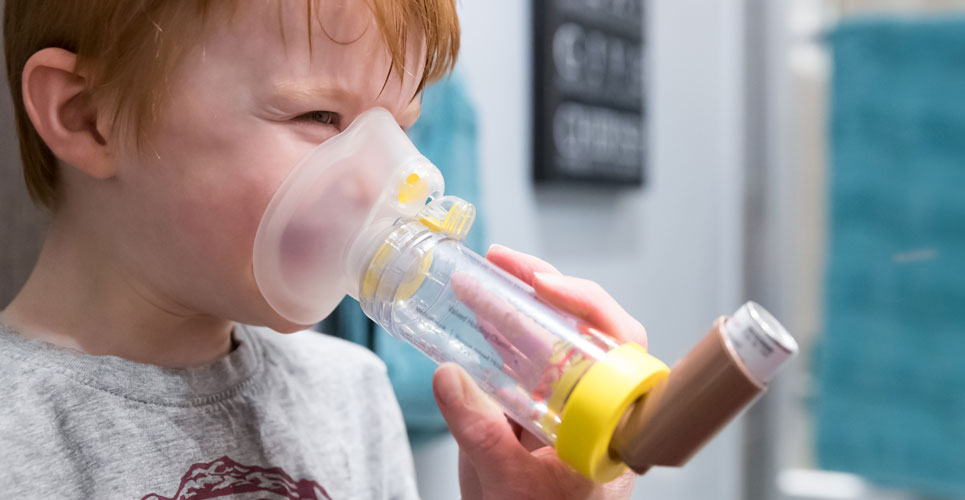Once-daily dosing of inhaled corticosteroids in asthmatic children improved medicine adherence compared with use of a twice daily regime
Using a once-daily regime for inhaled corticosteroids (steroids) in young children is associated with an improvement in medication adherence according to a study by researchers at the Department of Pediatrics, Faculty of Medicine, Université de Montréal, Canada.
Asthma arises due to inflammation and the resultant narrowing of the small airways in the lungs, giving rise to the typical symptoms of cough, wheeze, shortness of breath and chest tightness. Asthma is a very common disease and in 2019, the World Health Organisation, estimated that asthma affected 262 million people and caused 461000 deaths. Moreover, among children aged 5-14 years, asthma is among the top 10 causes of disability-adjusted life years.
Inhaled steroids are the most effective drugs used in asthma to suppress airway inflammation and suitable for both adults and children. However, adherence to inhaled steroids is low and this can negatively affect disease control. In fact, one systematic review found that 24% of asthma exacerbations and 60% of asthma-related hospitalisations could be attributed to poor inhaled steroid adherence. Simplifying regimes for instance, use of a once-daily inhaled steroid has been shown to significantly increase adherence compared to twice daily usage. However, much of the data has been derived from studies with adults and there is a lack of robust data for children.
In the present study, the Canadian team wanted to examine the real-life impact of prescribing inhaled steroids once-daily compared to twice-daily and how this affected adherence. They performed a retrospective analysis of children visiting an asthma clinic at their hospital who had been prescribed daily inhaled steroid therapy and compared those prescribed either once or twice daily therapy. They set the primary outcome as the secondary adherence to the inhaled steroid based on the proportion of prescribed days covered (PPDC), which was the total number of days for which the drug was dispensed divided by the total number of days for which the drug was prescribed. The secondary outcome as secondary adherence as either good (> 75%) or poor (< 75%).
Once-daily inhaled steroid use and PPDC
A total of 232 participants with a mean age of 5.8 years (61% male) of whom 110 were prescribed once-daily inhaled steroids were included in the analysis and followed-up for a median of 10.7 months.
The once-daily regime was associated with a higher PPDC compared to twice daily (66.8% vs 58%). After adjustment, children prescribed a once-daily regime had a significantly higher PPDC (7.2%, 95% CI 1.3 – 13.1%) and a higher odds of having a PPDC > 75% (Odds ratio, OR = 1.80, 95% CI 1.01 – 3.26).
However, there were no significant differences between once and twice daily regimes on the time to the first asthma exacerbation (hazard ratio, HR = 0.71, 95% CI 0.38 – 1.31).
Based on these findings, the authors concluded that once-daily dosing improved absolute adherence compared to twice-daily but added that further studies are required to determine whether better adherence leads to clinically meaningful improvements in asthma control.
Citation
Drouin O et al. Adherence to inhaled corticosteroids prescribed once- vs twice-daily in children with asthma Ann Allergy Asthma Immunol 2022

